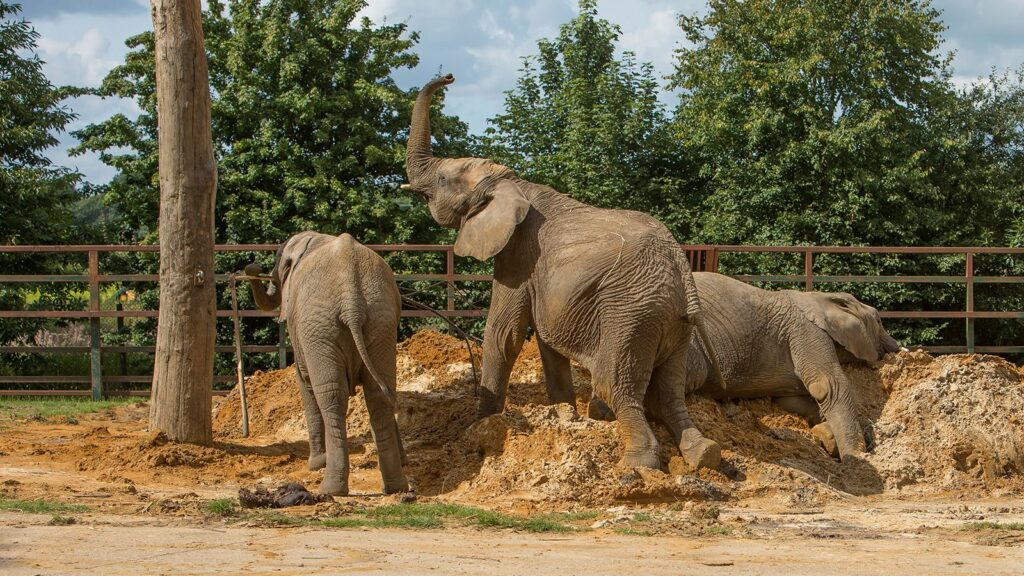A recent study by Harper Adams and Nottingham Trent universities unveiled that elephants in zoos display a positive response to visitor interaction. The research showcased an uptick in favorable behaviors, including increased social activity, when elephants were in the presence of visitors. Simultaneously, indicators of boredom exhibited a decline.
Extending its scope, the study found that various other animals, including grizzly bears, polar bears, and penguins, also derived benefits from engaging with visitors.

However, the intricate tapestry of reactions among zoo inhabitants unfolds uniquely, with marsupials, ostriches, and flightless birds expressing a distinct negative response to visitors, as outlined in the scholarly journal Animals. This expansive study, delving into the nuanced impact of zoo visitors on over 250 animal species, unraveled a spectrum of behaviors and interactions.
Navigating the Dynamics: Unveiling the Varied Responses of Zoo Denizens to Visitor Interactions
For elephants, the research illuminated a captivating dynamic—public feedings triggered heightened foraging and increased activity levels, coupled with a discernible reduction in monotonous behaviors associated with boredom, particularly in the presence of sizable visitor groups.
Beyond the majestic elephants, a symphony of positive responses resonated among grizzly bears, polar bears, cheetahs, servals, bantengs, black-tailed prairie dogs, and cockatoos.
Dr. Samantha Ward from Nottingham Trent University reflected on the nuanced interplay, stating, “Zoo visitors emerge as facets of a zoo animal’s environment beyond their control, potentially introducing stress, yet some species showcase admirable adaptability to the ever-changing conditions posed by visitors. The stimuli from visitors vary widely, encompassing behaviors, noise levels, and interaction styles. We’ve uncovered a rich tapestry of responses among species in zoos—some gracefully adapt, while others navigate these conditions less seamlessly.”

Notable among the less adaptable animals were flightless birds, odd and even-toed ungulates, marsupials, tuatara, and hedgehogs.
However, the study revealed an overall “predominantly neutral” response to visitors across all zoo animals.
Dr. Ellen Williams, a zoo animal welfare scientist at Harper Adams University in Shropshire, emphasized the importance of understanding the various factors influencing animal responses for welfare improvement. She noted, “In elephants and birds, it was encouraging to see a shift from repetitive behaviors towards more positive interactions with people. The absence of change in the majority of species is also noteworthy, suggesting enclosure design is evolving to better support animals in responding to visitors.”
